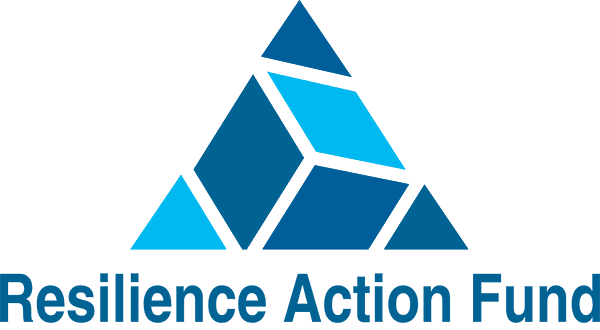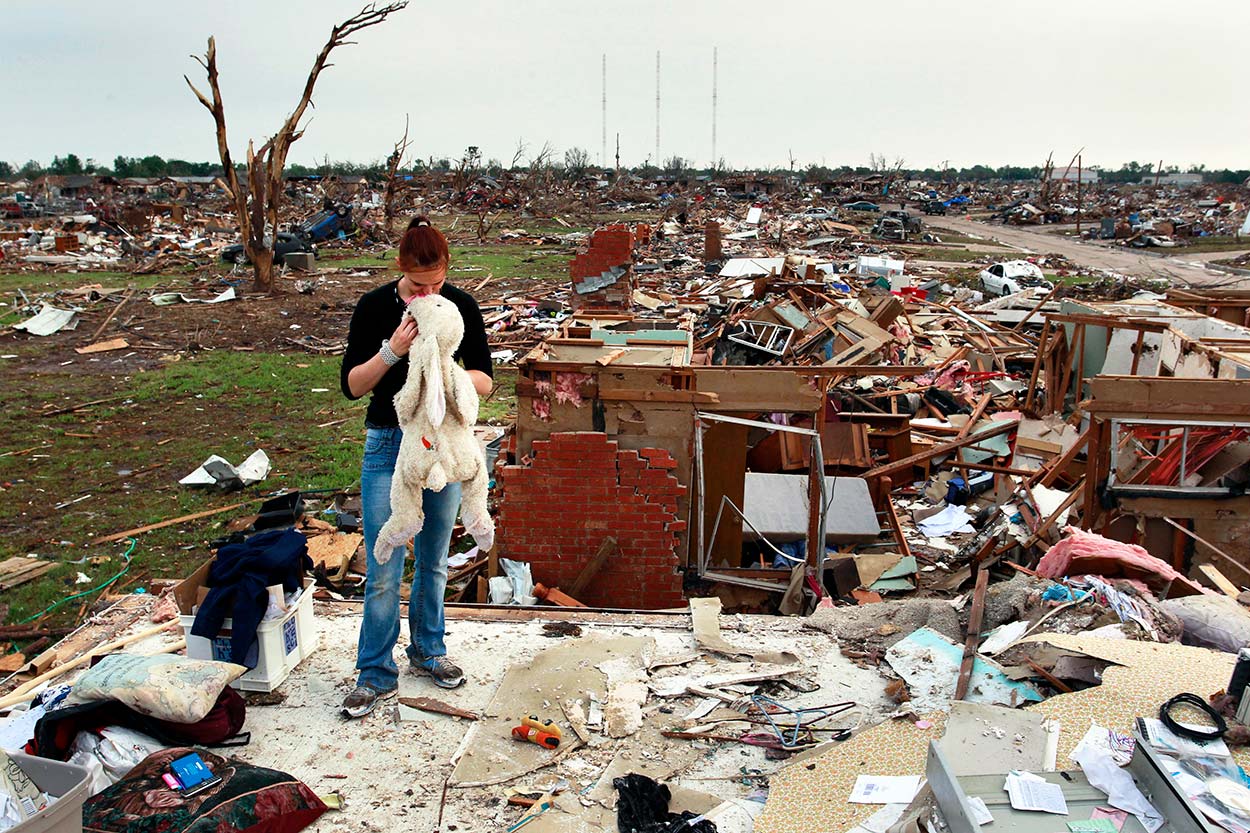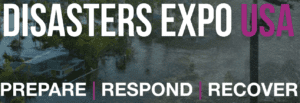Sheltering at home has become a necessity for millions of Americans in over 40 states, as the country tries to limit the spread of COVID-19. However, while the pandemic widens, other natural hazards, such as floods, fires, earthquakes, tornados and hurricanes have not paused. Tornados in Mississippi and earthquakes in Utah have recently occurred. The hurricane season begins in less than 7 weeks.
A sad reality is that most US homes are only strong enough to give you escape time. Escape and evacuate to where? No one really knows. And where to go after your home is destroyed?
I assess that about 70% of your vulnerability was set when you bought (or rented) the house, based on its location and construction. Another say 20% was determined by your home improvement priorities, if you made any. Which leaves only around 10% for things you might do to better prepare for hazards.
Not too comforting.
So what can you do, especially while at staying at home, to make your family less vulnerable to evacuation and losses?
- If in the coming 1-2 years you’re considering a move, now is the time to think how important being in hazard-safe (i.e. resilient) home is, and begin collecting information that will help you screen-out vulnerable locations and building types. A lot, such as floodplain, topographical, seismic, wind and wildfire risk maps, can be found online. My non-profit, Resilience Action Fund is developing a free app to aid consumers, which I’m calling the ‘Resilient-Smart Homebuyers Guide’ that should be launched this summer.
- If you’re not moving, but plan to renovate in the next 1-2 years, now is the time to evaluate and discuss your budget priorities. Should you first make your home more flood, wind, fire and/or earthquake-resistant, or upgrade your kitchen and bathrooms? Realtors may suggest the latter, but buyers are quickly smartening-up to the value of safer homes. What can be more important in times of crisis, than your family’s safety and protecting your investment and irreplaceable possessions?
- Whether you are or aren’t planning to move or renovate in the near term, there are still things you can do to reduce your vulnerability. It may not be easy getting a contractor to come out and help, but you still can do most of the things suggested below:
a. Self-evaluate your home’s actual vulnerability to local hazards. What is your elevation from nearby water levels? Are you near the bottom of a valley/gully or on high ground? To what local wind standard was house constructed? How fire resistant are the materials used to build it? Much of this info can be found online, in building drawings you may have stored, or by emailing and calling people.
b. Organize and place your most important documents and prized collectibles in safe places. Moving things away from areas that can flood and placing documents in a fireproof safe/box is a good idea. Even better for important documents is photographing them with your phone and emailing these to yourself.
c. If you’ve determined you are generally vulnerable, plan your evacuation bags. If you had to escape on short notice, what would you take with you? Are there things you need to buy now? Are they organized to easily find and pack?
d. If you’re in a wildfire risk area, this may be a good time to clean-up combustible objects around your house. Example: that firewood under the porch stairs should be placed further away. Those tree branches near the house could use some trimming.
e. If your household has one or more handy-people, physical and online hardware stores remain open. Why not fix or install window/door storm shutters, if you’re in a wind-risk area? The new high-strength fabric ones are much easier to install. Also for wind, there are metal fasteners that can better secure your roof trusses to the wall beams, and walls to the foundation. For wildfire risk, fire-retarder sprays can be applied to your home’s exterior. There are also many flood-related products that can reduce water entry through doors, or lower the risk of the structure being moved off its foundation by floodwaters. Many products are featured and discussed online. Manufacturers typically provide detailed installation instructions.
f. Finally, plan for the worse. This is a bad time to rely on moving into a public shelter or driving hundreds of miles to find a hotel/short-term rental. It is a time to consider ‘shelter-a-friend’. In case you need to evacuate, do you have a ‘not-too-distant’ friend/relative, who’s location and home are safer that might agree to shelter you and your family? The time to explore that option is now.
We live in a critical time, but crises are when we most often assess and act on our vulnerabilities. Don’t underestimate the power and likelihood of natural hazards affecting you. Talk to friends and relatives about how important the safety of their homes are, and share your information and experience.
When disaster strikes, wouldn’t you want to be that ‘shelter-a-friend’ location for others? Do what you can now, but especially remember this when you’re looking to move or renovate. A home is your biggest and most important investment. Make your current or future home your castle, not the place you’ll have to run away from. Your family, like every family, has the right to be in a safe and lasting home.








